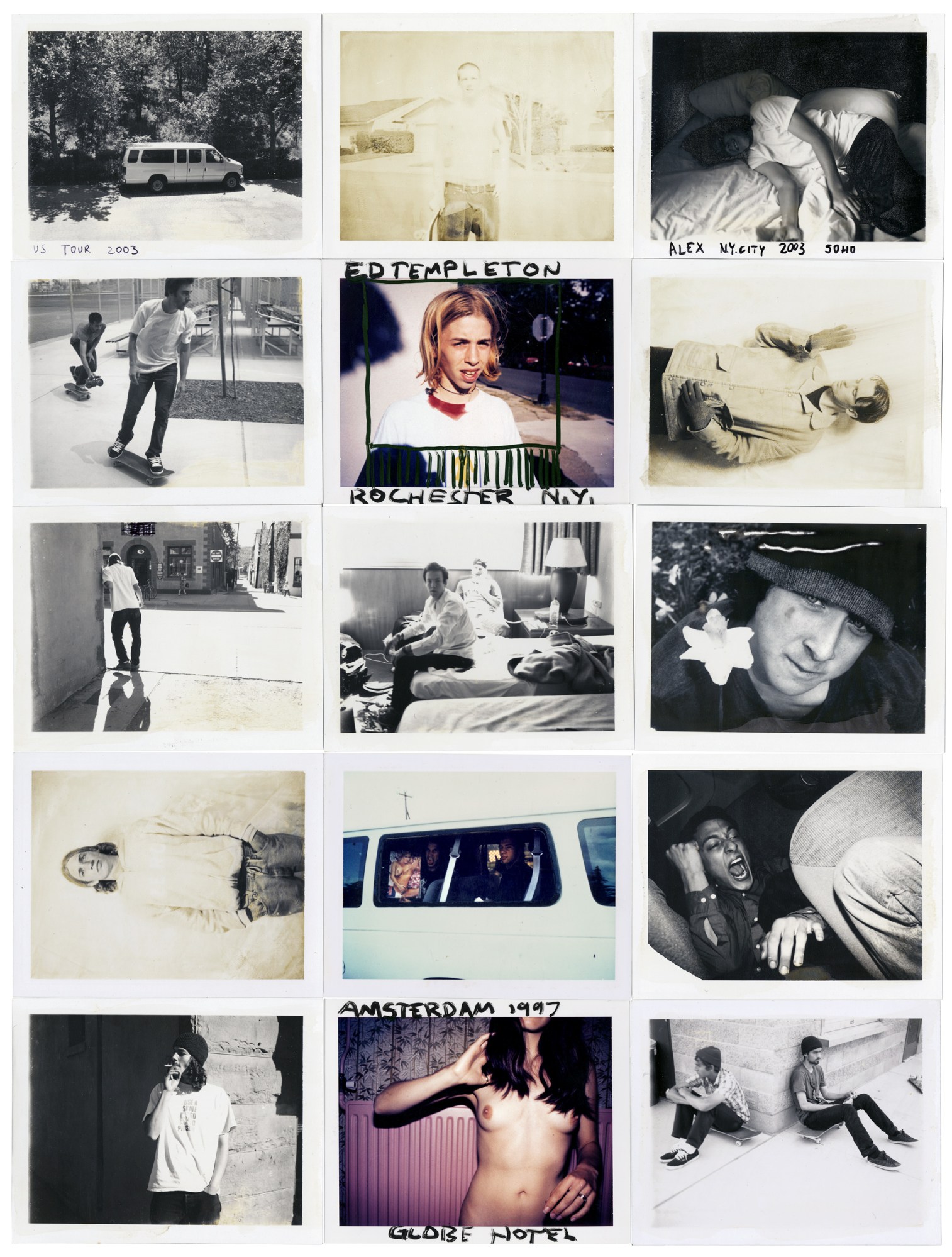Ed Templeton has never conformed to the well-worn hellraiser image associated with pro-skating. He has no piercings or tattoos, he doesn’t smoke, drink alcohol or take drugs, and he met the love of his life at 15, Deanna, who he married four years later. Among fellow skaters, his lifestyle choices naturally assigned Ed the role of observer, inadvertently granting him just the right degree of separation from the world around him to document it with a removed perspective. These privileged observations now culminate in a new book of photography, Wires Crossed, part-memoir, part-ethnographic study of American skate culture between 1995 and 2012, accompanied by a solo show at the Bonnefanten museum in Maastricht, Netherlands.
Even as early as 1990, when he found himself on his first European tour aged eighteen, Ed was turning this sense of separation to his advantage. While the older, more seasoned skaters, “only cared about going to their favourite bar”, Ed took the opportunity of finding himself outside the US for the first time to explore Europe’s museums and galleries. That first trip resulted in Ed returning home and, “naively declaring I was going to be a painter,” but it was only two years later that a chance encounter with the work of Larry Clark and Nan Goldin opened his eyes to documentary photography. “At that point I thought photography with a capital ‘P’ was going somewhere to shoot something exotic, National Geographic style. Discovering books like [Clark’s] Tulsa and [Goldin’s] The Ballad of Sexual Dependency] opened my eyes to the fact you can shoot your own backyard. I realised I’d been blowing four years of my life not documenting this incredible group of people I was with.”
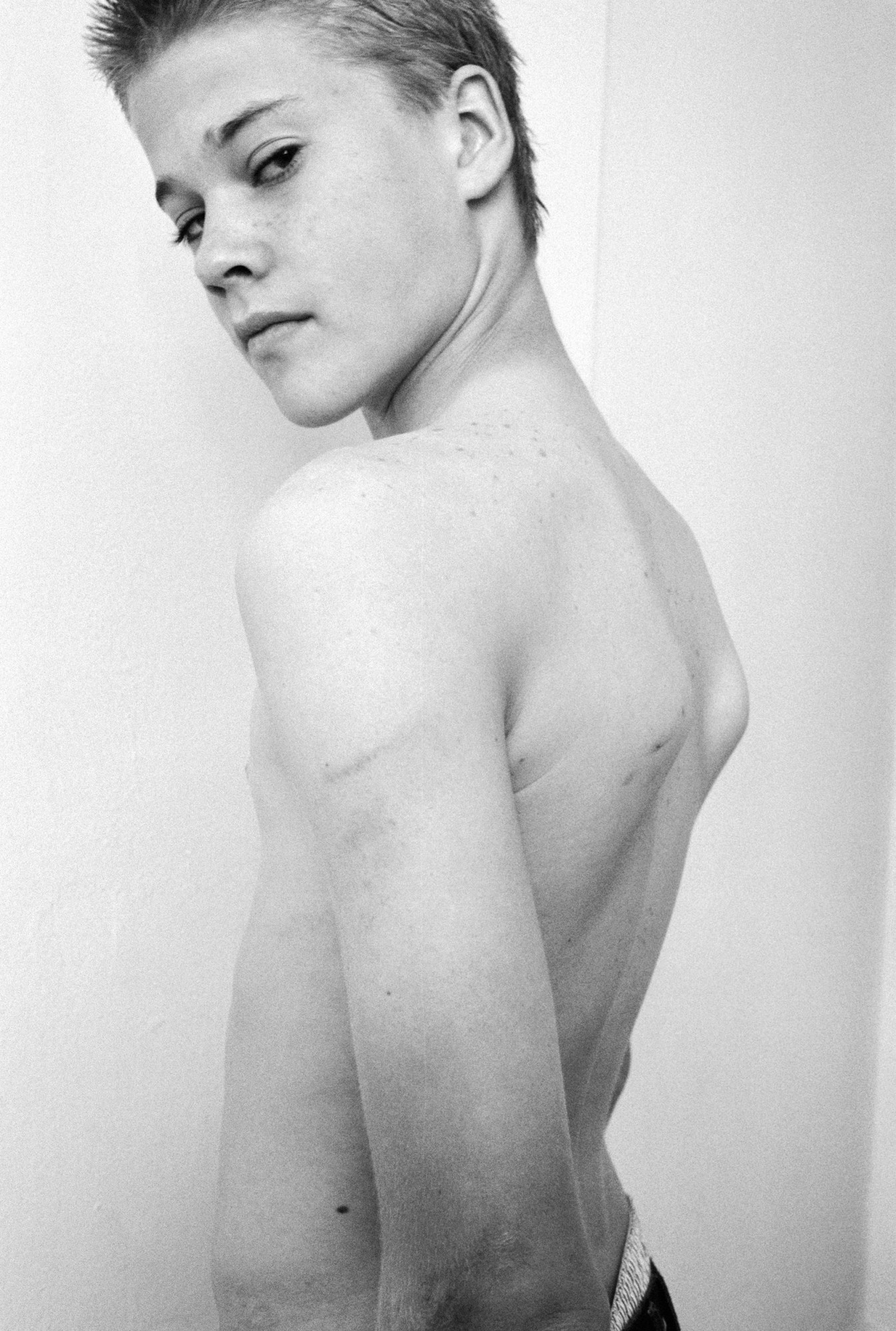
Wires Crossed begins shortly after that life-altering premonition, but its origins lie further back. Growing up in Huntington Beach, a surf-haven in California’s Orange County and de facto suburb of LA, Ed found himself at the right time and place to capitalise on the 80s skate revival. In spite of the neighbouring presence of pioneering companies like Vision and Santa Cruz however, skateboarding remained niche, typically pursued by kids who smoked, listened to Dead Kennedys and functioned poorly in team sports. For them, skating offered something of their own, and the ridicule they encountered only served to strengthen their commitment to an outcast identity.
“You were not the cool guy on campus if you skated,” says Ed. “The people who found skateboarding were a lot of alienated people. I came from a broken home and had trouble in school, so of course I found skating. I remember thinking, ‘everyone I know has divorced parents or some kind of problem, and here we all are skating together.’” As in his previous books, Deformer (2008) or Teenage Kissers (2011), Wires Crossed frames those tender years with a freewheeling romanticism. Skinny adolescent skaters are re-cast as suburban cowboys, living in self-imposed exile and chasing new terrains with the independence granted by their boards.
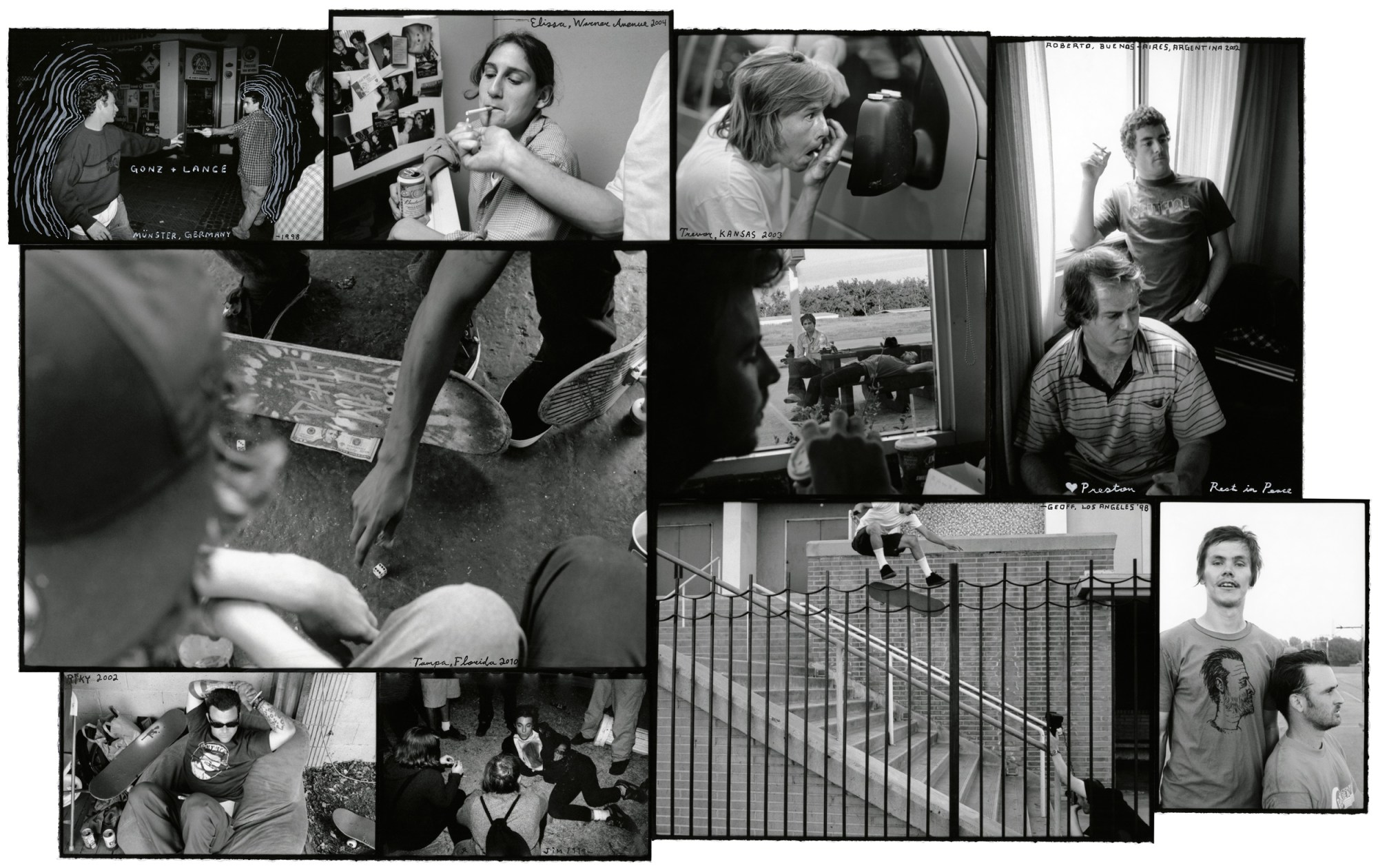
Freed from the need to fit in, these skate communities became breeding grounds for a punk-infused creativity that valued participation above technical know-how. For Ed, who refers to his younger self as, “a street urchin kid with no idea of what was cool”, the effect was contagious. “I was immediately surrounded by creative people in general. They were in bands, making flyers. Zine culture grew very quickly and people were trading them.” The likes of Mark Gonzalez, Chris Miller and Neil Blender — legendary Californian pro skaters who created their own graphics — soon became aspirational figures, encouraging Ed to shelve any self-doubt and begin producing his own. These hand-drawn illustrations developed into Toy Machine, Ed’s skate company that he founded in 1993, and have come to form one part of Ed’s self-taught practice alongside painting and photography.
The same DIY approach informs Wires Crossed, in which Ed recalls the eternal summer of his youth through a combination of photography, collage, painting and newspaper cut-outs, with captions taken from the journals he kept throughout his time as a pro skater. In this scrapbook of memories, reminiscent in style of his 2002 book The Golden Age of Neglect, Ed celebrates the people and places brought into his life by skating. Combining colour with black and white images, he re-traces the road-trips, endless hotel rooms and urban wastelands, the cuts, scrapes and bad behaviour. There are moments of masculine bravado alongside quieter displays of camaraderie and affection, fleeting boredom broken by sudden rushes of adrenaline. In photographs that he has hand-painted and re-scanned, Ed reinforces this sense of other worldly fantasy and surrealism, embellishing fond memories with the bright hues of nostalgia.
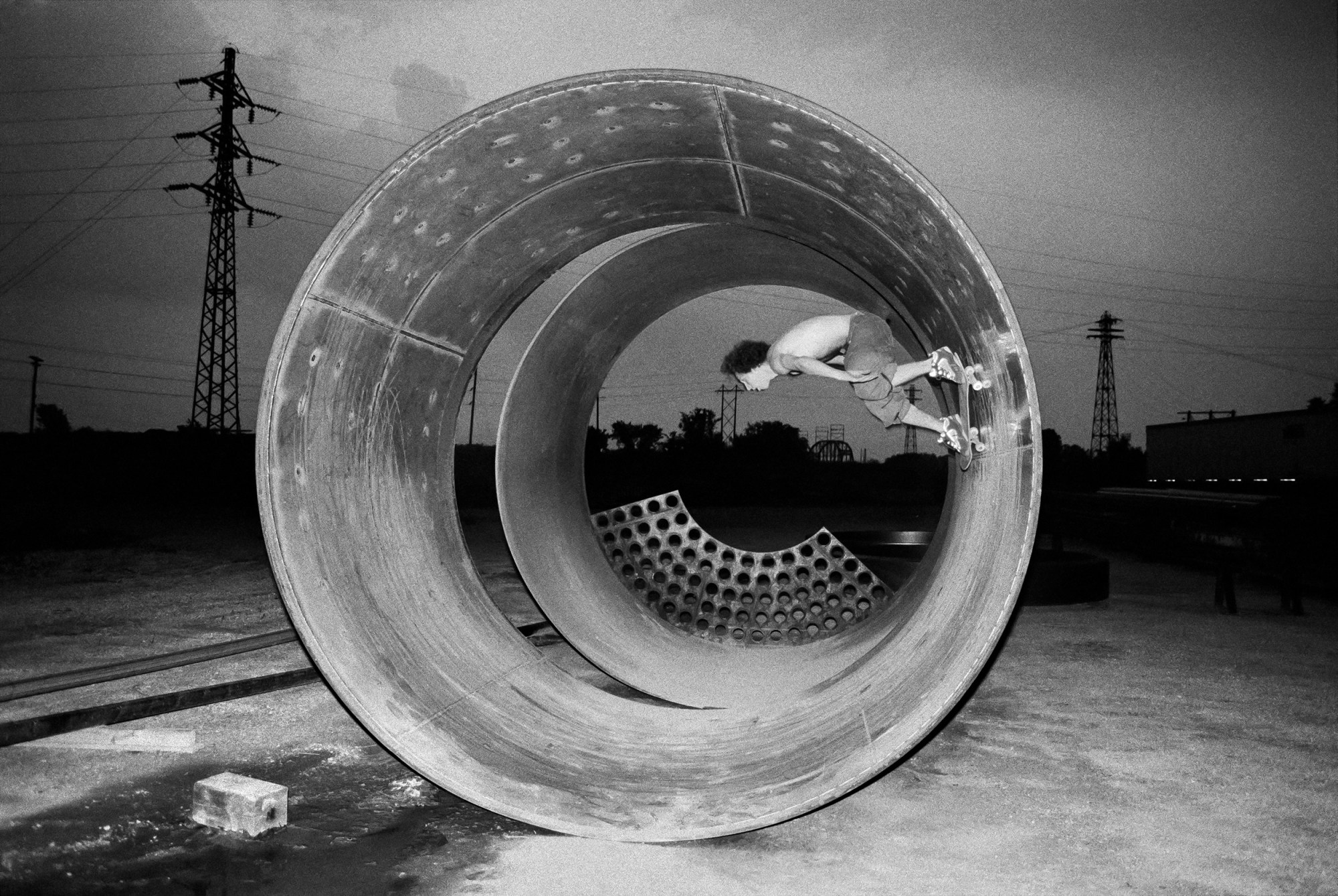
Of his 19 publications, it’s perhaps no surprise that none demanded as much time as Wires Crossed, which has spent the last eleven years in development. Not only does the book straddle nearly two, action-packed decades, it required a meticulous sweep of Ed’s archive of photographs and skate ephemera, cross-referencing dates, locations and names. Piecing together this history inevitably required new conversations with old friends, all of whom feature in the photographs, with several of these conversations printed in the book’s back pages.
“Elissa Steamer, Erik Ellington, Brian Anderson, Justin Regan and Deanna are all interviewed,” says Ed. “That was interesting to see their reaction to it, especially Erik and Brian, because they’re all sober now and a lot of their first reactions were like, “Fuck, I was a pile, I drank a lot.” For all its sentimental attraction however, producing a project this personal has meant Ed actively resisting the lure of nostalgia. “I tried so hard to make it about photography and not an insider thing. So I hope the photography world recognises it for what it is.” With a five-month exhibition alongside, Wires Crossed represents something close to a mid-career retrospective, one Ed hopes will reach beyond his more typical audience. “I’ve almost had to forget about skateboarders. Instead I’ve been thinking about photography fans with no skating knowledge who are interested in the question, what was it like to be a pro skater in the 90s and 2000s? I think this is the answer.”
‘Wires Crossed’ is published by Apeture and available here.
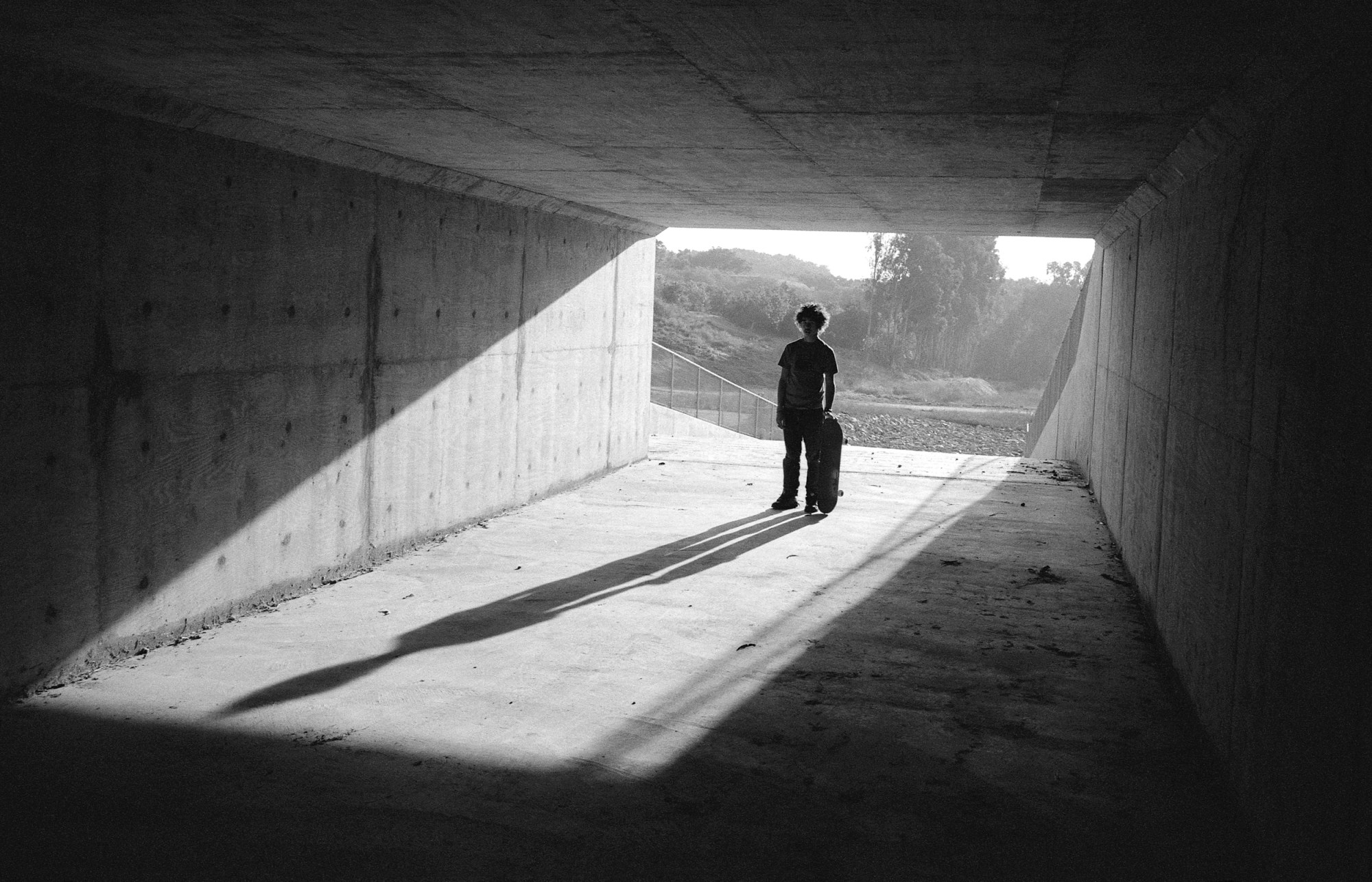
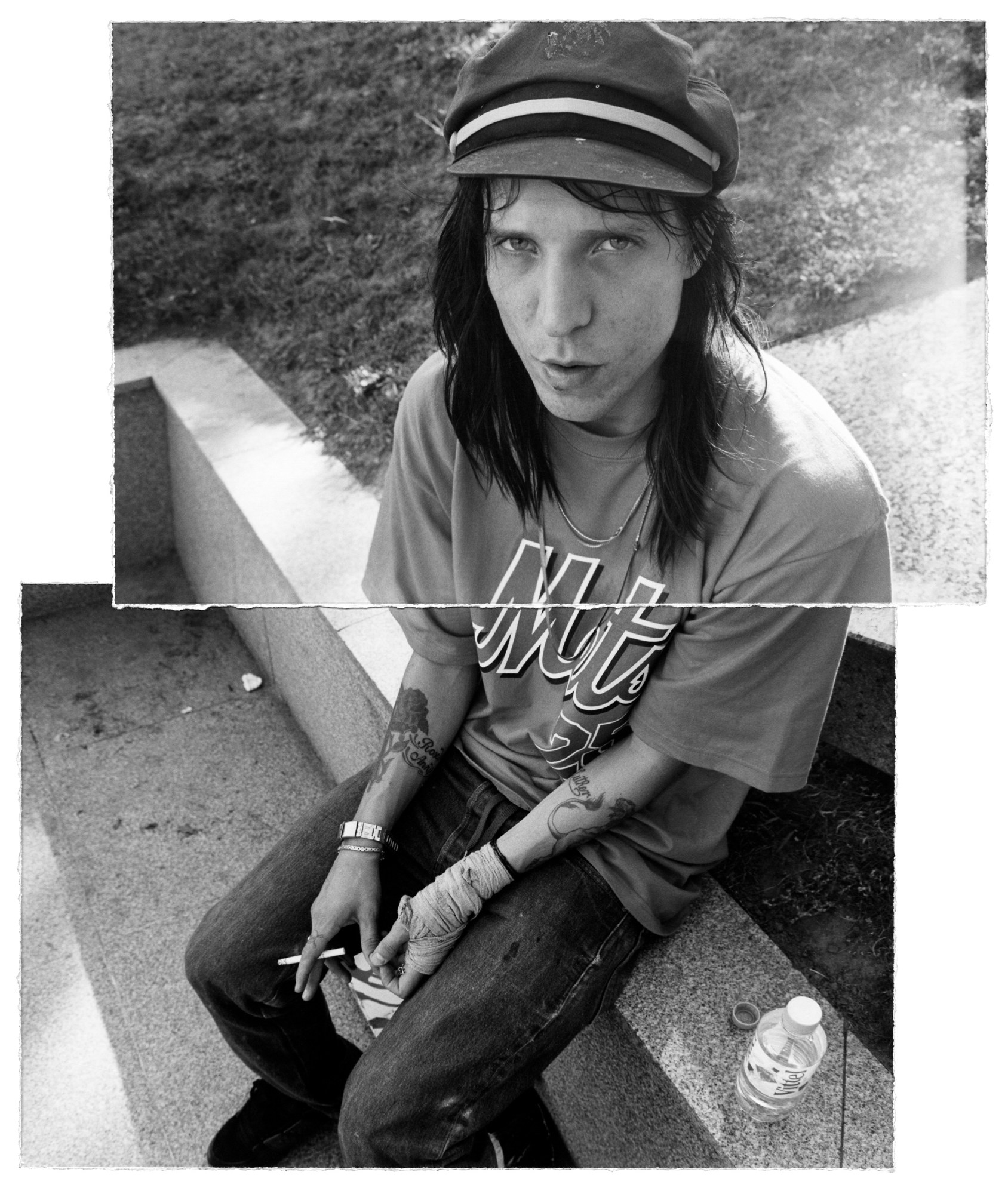
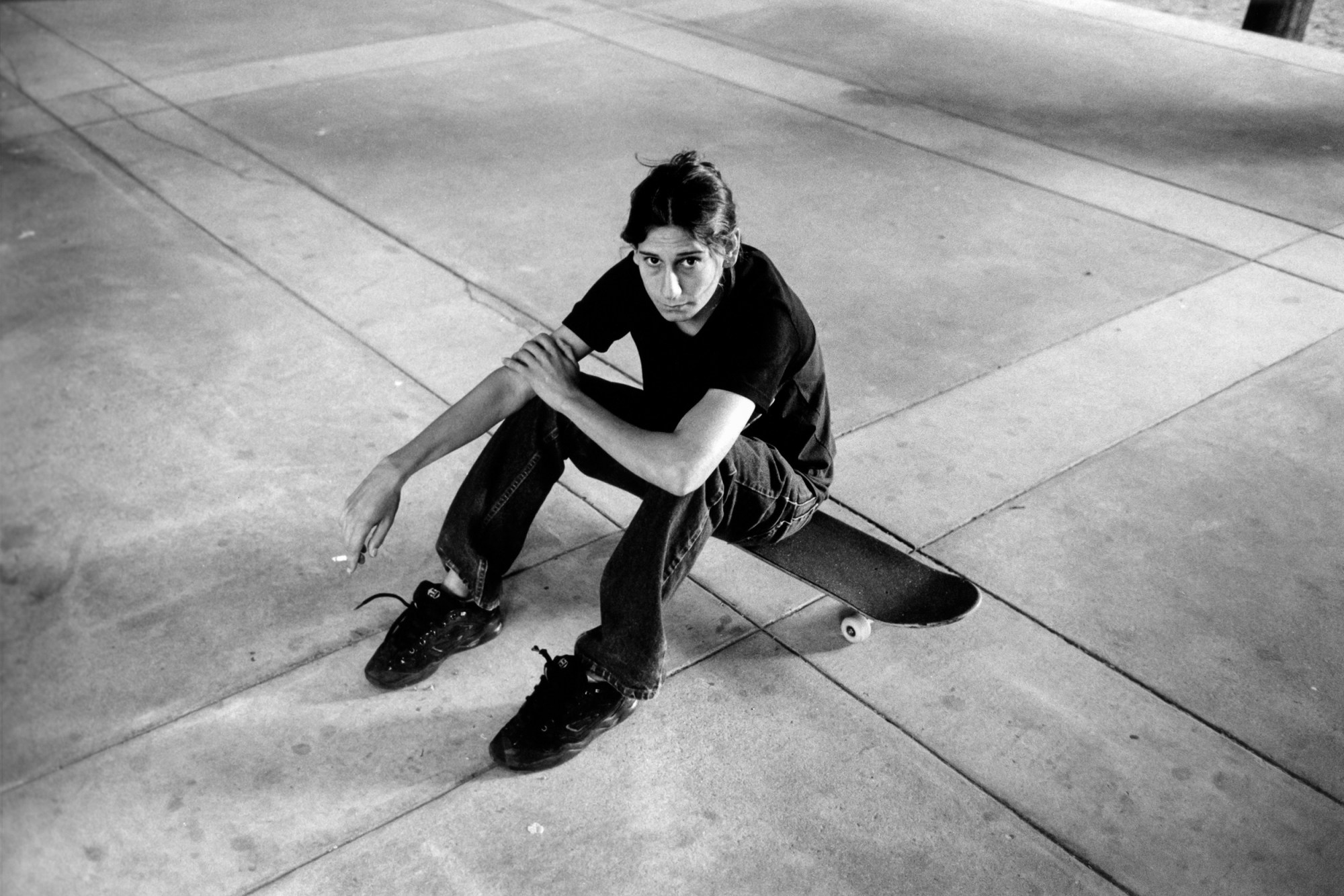
Credits
Images courtesy of the artist.
